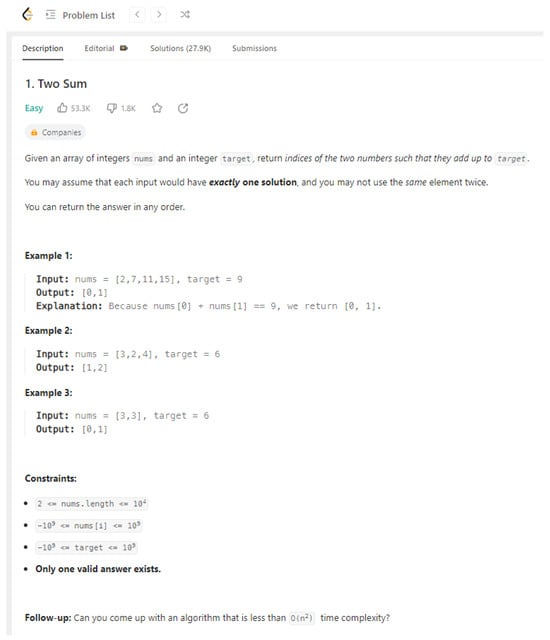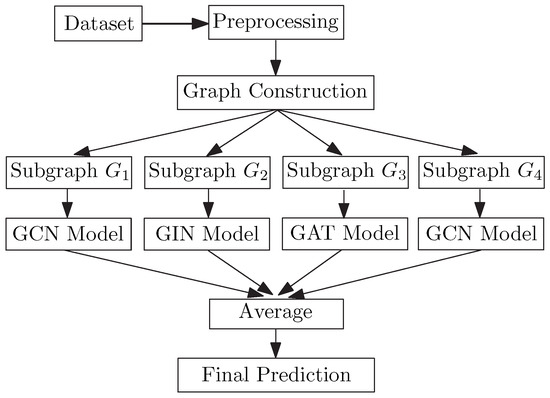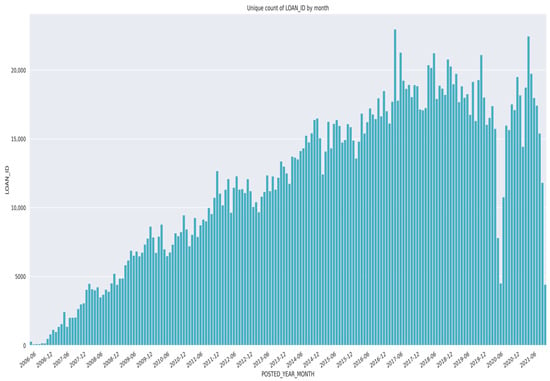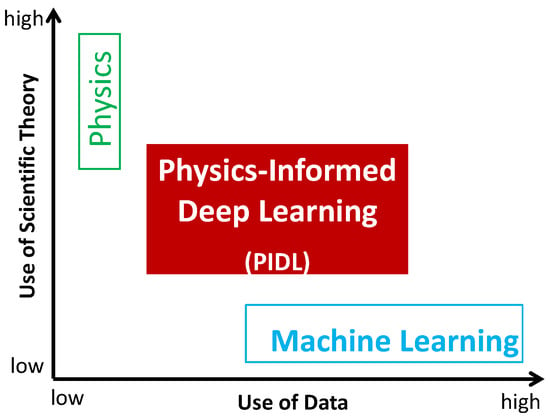Feature Papers on Artificial Intelligence Algorithms and Their Applications
A topical collection in Algorithms (ISSN 1999-4893). This collection belongs to the section "Evolutionary Algorithms and Machine Learning".
Viewed by 11651Editors
Interests: data science; artificial intelligence; AI in materials science; algorithmic economy
Interests: meshless methods; fractional PDEs; finite element method; computational mechanics; machine learning
2. Department of Information Science, Faculty of Sciences, Toho University, 2-2-1 Miyama, Funabashi 274-8510, Japan
Interests: swarm intelligence and swarm robotics; bio-inspired optimization; computer graphics; geometric modelling
Special Issues, Collections and Topics in MDPI journals
2. Department of Information Science, Faculty of Sciences, Toho University, 2-2-1 Miyama, Funabashi 274-8510, Japan
Interests: artificial Intelligence; soft computing for optimization; evolutionary computation; computational intelligence
Special Issues, Collections and Topics in MDPI journals
Topical Collection Information
Dear Colleagues,
The field of artificial intelligence has made tremendous progress in recent years and many recent developments have emerged that are of strong interest both for fundamental research in the field of AI, as well as the application of AI methods in academic and industrial settings. AI continues to shape both our professional and private life.
We invite you to submit high-quality feature papers to this Topical Collection entitled “Feature Papers on Artificial Intelligence Algorithms and Their Applications”, covering the whole range of subjects from theory to applications. In particular, we welcome contributions focusing on new algorithms or new methods in AI, as well as applications in industry or academic settings, including natural or social sciences, medicine, and engineering.
Prof. Dr. Ulrich Kerzel
Dr. Mostafa Abbaszadeh
Dr. Andres Iglesias
Prof. Dr. Akemi Galvez Tomida
Collection Editors
Manuscript Submission Information
Manuscripts should be submitted online at www.mdpi.com by registering and logging in to this website. Once you are registered, click here to go to the submission form. Manuscripts can be submitted until the deadline. All submissions that pass pre-check are peer-reviewed. Accepted papers will be published continuously in the journal (as soon as accepted) and will be listed together on the collection website. Research articles, review articles as well as short communications are invited. For planned papers, a title and short abstract (about 100 words) can be sent to the Editorial Office for announcement on this website.
Submitted manuscripts should not have been published previously, nor be under consideration for publication elsewhere (except conference proceedings papers). All manuscripts are thoroughly refereed through a single-blind peer-review process. A guide for authors and other relevant information for submission of manuscripts is available on the Instructions for Authors page. Algorithms is an international peer-reviewed open access monthly journal published by MDPI.
Please visit the Instructions for Authors page before submitting a manuscript. The Article Processing Charge (APC) for publication in this open access journal is 1600 CHF (Swiss Francs). Submitted papers should be well formatted and use good English. Authors may use MDPI's English editing service prior to publication or during author revisions.
Keywords
- artificial intelligence
- AI algorithms
- AI methods
- applications of AI
- AI in natural sciences
- AI in social sciences
- AI in engineering
- AI in medicine













